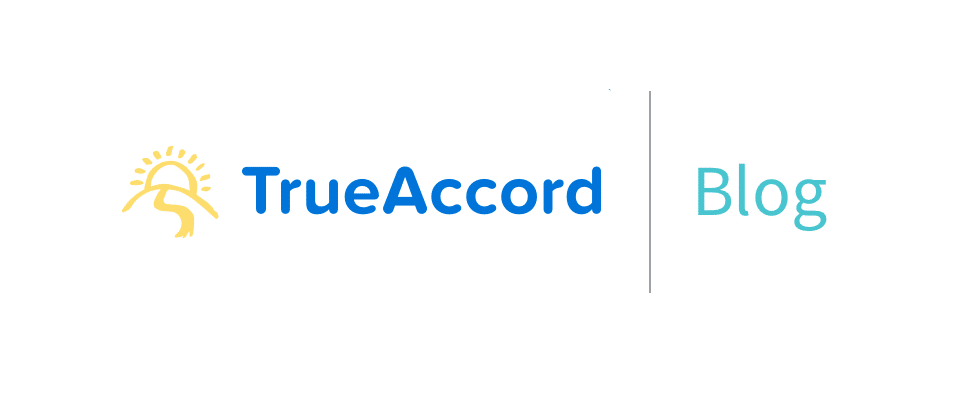
By March 2021, small business and residential utilities customers could owe up to $40 billion in unpaid debt. To better understand this moment of increased financial hardship and economic uncertainty, TrueAccord hosted a roundtable with several Northeast and Midwest utilities companies. Participants shared insights and brainstormed creative solutions to better help their utilities customers, including:
- Educating consumers on assistance programs
- Reaching consumers where they are, with the use of digital strategies
- Streamlining assistance programs to make them more accessible for consumers
- Developing partnerships with faith-based & community organizations
Educating Consumers about Assistance Programs
Utilities companies have found it both necessary and effective to educate customers on various assistance programs. The Low Income Home Energy Assistance Program gives families a cash grant to pay for their heating bills, or payment assistance programs that give families monthly credit based on a household’s income and energy use. For those that do not qualify, there are deferred payment plans or Customer Assistance Referral and Evaluation Programs (CARES), like the one that the Pennsylvania Public Utilities Commission set-up to assist family emergencies. However, even with the right messaging and the right programs, there’s still challenges in reaching consumers.
Reaching Consumers Where They Are
Communication methods are quickly moving digital. Consumers are increasingly finding phone calls disruptive, and traditional letters pile up or are simply thrown away. To reach the most consumers, emails, calls, social media, and text messages are now table-stakes. Though over 60% of millennials are burdened by debt, they expect highly tailored experiences, mobile-optimized payment portals, and extensive use of social media. To reach other demographics, some utilities are exploring radio, television commercials, and other creative solutions. One organization repurposed a fleet truck and traveled to food banks to educate low-income consumers on assistance programs. Another organization hosted a virtual tradeshow to help consumers navigate paperwork and helped over 4,900 of their customers complete applications on the spot!
Streamlining Assistance Programs
On the ground, many utilities found that consumers simply did not have basic access to the internet, lacked the time to complete an application, or found the bureaucratic process confusing and cumbersome. With that in mind, some utilities created a one-stop shop to merge assistance applications so if consumers did not qualify for a low-income program, they might qualify for a government grant or a deferred payment program. Another utility partnered with the Department of Human Services and had their representatives certified to complete state emergency relief applications with customer consent, which greatly aided the elderly’s ability to complete applications.
Developing Partnerships with Organizations
Lastly, some utilities are building grassroot support to develop partnerships with trusted community organizations and churches. Because these organizations have an unparalleled reach and trust, many utilities can use community spaces, rely on trusted sponsors, use co-branded email campaigns, and leverage intimate knowledge of their network to tailor outreach and programs to increase awareness.
Summary
With only an hour to talk about these topics at the roundtable, our team at TrueAccord and the participating utilities all felt like we needed to host another virtual event in 2021. If you’re interested in participating in a future roundtable, please email Matt Buffalini at mbuffalini@trueaccord.com.
You can learn more about TrueAccord’s digital-first, machine-learning AI software in a new e-book or schedule a call to see how TrueAccord can help your utility deliver better results, provide industry-leading customer experience, or assist with LIHEAP and assistance program awareness.